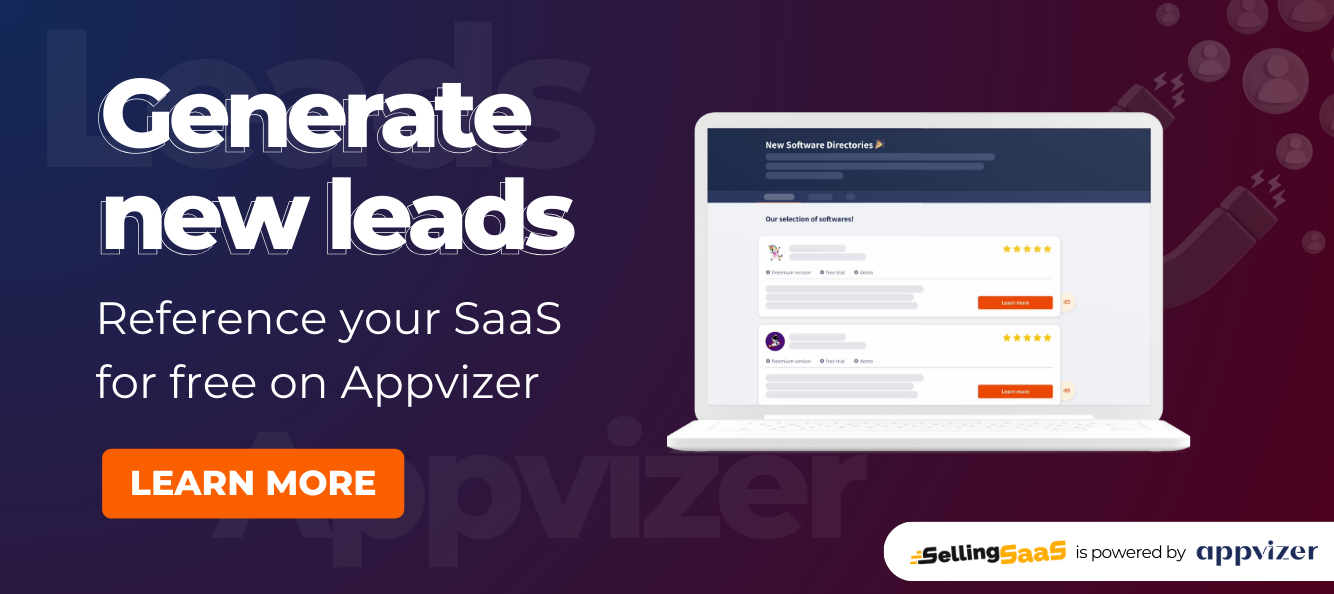Tiered pricing models have become increasingly popular in various industries, especially in the Software as a Service (SaaS) sector. This structure not only provides flexibility and scalability for businesses but also caters to a diverse range of customer needs. In this first part of the article, we will explore the concept of tiered pricing, its benefits, and common strategies adopted by businesses.
What is Tiered Pricing?
Tiered pricing is a pricing strategy where a business offers different levels or “tiers” of pricing, each with varying features, capacities, or usage limits. This approach allows customers to select a pricing tier that best fits their needs and budget. It’s especially prevalent in subscription-based services like SaaS, where customers’ requirements can vary significantly.
Benefits of Tiered Pricing
The tiered pricing model offers several advantages:
- Flexibility for Customers: It allows customers to choose a plan that suits their specific needs and budget.
- Scalability for Businesses: Businesses can cater to a wider audience, from small startups to large enterprises.
- Increased Revenue Potential: By offering premium tiers, businesses can tap into higher revenue streams from customers willing to pay more for additional features or capacity.
- Customer Retention: As customer needs evolve, they can upgrade to higher tiers, enhancing customer loyalty and lifetime value.
Common Strategies for Tiered Pricing
Volume-based Tiered Pricing
This approach sets prices based on the volume of goods or services used or purchased. It’s common in industries where usage directly correlates with the customer’s value gained from the product.
- Example: A cloud storage service might offer different pricing tiers based on the amount of storage space used.
Feature-based Tiered Pricing
In this model, different tiers offer varying features or levels of service. Higher tiers might include advanced features, greater support, or additional services.
- Example: A project management SaaS might provide basic functionalities in its lower tier, while advanced analytics and integration capabilities are reserved for higher tiers.
Usage-based Tiered Pricing
Usage-based pricing charges customers based on their actual usage of the service. This strategy is ideal for services where customer usage varies significantly.
- Example: A SaaS offering pay-per-use pricing for its analytics tool, charging more for higher usage levels.
Implementing a tiered pricing strategy requires a deep understanding of your customer base, their usage patterns, and the value they derive from different features of your product. By aligning your pricing tiers with customer needs, you can create a win-win situation, enhancing customer satisfaction while optimizing your revenue potential. In the next sections, we’ll explore specific examples of tiered pricing in different industries and provide tips on implementing these strategies effectively.
Tiered Pricing Examples in Different Industries
Exploring tiered pricing across various industries provides valuable insights into how this strategy can be tailored to meet diverse business needs. Let’s look at how the Software as a Service (SaaS) industry, e-commerce sector, and manufacturing industry leverage tiered pricing to enhance customer satisfaction and drive revenue growth.
Software as a Service (SaaS) Industry
Example 1: Customer Tiers for Encouraging Upgrades
A common approach in SaaS is creating customer tiers that incentivize upgrades as businesses grow. For instance, a CRM software may offer a basic package for startups, a professional package for mid-sized businesses, and an enterprise package for large organizations. Each tier offers additional features, such as advanced analytics or automation tools, encouraging customers to upgrade as their needs evolve.
Example 2: High-Volume Pricing Tiers for Increased Revenue
Another strategy is offering high-volume pricing tiers, targeting customers with extensive needs. A cloud computing service might provide tiered options based on computing power and storage, with prices scaling with increased usage. This approach caters to high-demand customers, often resulting in higher revenue per customer.
E-commerce Industry
Example 1: Tiered Pricing for Different Product Types
In e-commerce, tiered pricing can be applied to different product types. A fashion retailer might use this strategy to price ranges of products, such as basic, premium, and luxury categories, with each tier offering varying levels of quality and exclusivity.
Example 2: Tiered Pricing Based on Quantity Purchased
Quantity-based tiered pricing is popular in e-commerce, offering discounts on bulk purchases. For example, a retailer might offer a lower price per unit when customers buy items in larger quantities, encouraging larger purchases and increasing overall sales volume.
Manufacturing Industry
Example 1: Volume-based Tiered Pricing for Widgets
Manufacturers often use volume-based tiered pricing for products like widgets. Pricing tiers are set based on the quantity of widgets ordered, with per-unit cost decreasing at higher volumes. This strategy not only drives larger orders but also helps in inventory management and production planning.
Example 2: Usage-based Tiered Pricing for Manufacturing Tools
In manufacturing, usage-based tiered pricing can be applied to tools and machinery. Companies might offer different pricing tiers based on the usage hours or intensity of use, appealing to a wide range of customers from small workshops to large industrial plants.
These examples illustrate the versatility of tiered pricing strategies across different industries. By aligning pricing models with customer usage patterns and perceived value, businesses can effectively attract a broad customer base and maximize revenue potential. In the next section, we will delve into tips for implementing and optimizing tiered pricing strategies in your business.
Tips for Implementing Tiered Pricing Strategies
Adopting a tiered pricing model can be a game-changer for businesses across various industries. However, successfully implementing this strategy requires careful planning, analysis, and ongoing optimization. Here are some key tips to consider when introducing tiered pricing in your business.
Researching and Analyzing Suitable Pricing Models
- Market Analysis: Conduct thorough research to understand your market, including customer spending habits, competitor pricing strategies, and overall industry trends.
- Customer Segmentation: Identify different customer segments and understand their specific needs, preferences, and willingness to pay.
- Practical Tip: Use surveys and focus groups to gather direct feedback from potential customers about their pricing expectations and perceived value of your product or service.
Choosing the Right Subscription Billing Software
- Compatibility with Business Model: Ensure the billing software you choose can handle the complexities of your tiered pricing model and is scalable as your business grows.
- Integration Capabilities: The software should integrate seamlessly with your existing systems, such as CRM, accounting software, and e-commerce platforms.
- Practical Tip: Look for subscription billing software that offers a free trial to test its features and compatibility with your business needs.
Setting Clear and Transparent Pricing Tiers
- Simplicity and Clarity: Ensure that your pricing tiers are easy to understand and clearly communicate the value offered at each level.
- Transparency: Avoid hidden fees or overly complex pricing structures that could confuse customers or erode trust.
- Practical Tip: Use visual aids like comparison charts to help customers easily differentiate between tiers and understand the value proposition of each.
Experimenting and Adjusting Pricing Tiers for Optimal Results
Monitoring and Analyzing Customer Behavior and Feedback
- Data-Driven Decisions: Regularly analyze customer data and feedback to understand how different tiers are performing and how customers are responding to your pricing.
- Adaptability: Be prepared to adjust your pricing tiers based on customer behavior and market changes.
Providing Incentives and Rewards for Higher Tiers
- Value Addition: Offer tangible benefits and incentives for customers to choose higher-priced tiers, such as premium features, additional support, or exclusive content.
- Loyalty Programs: Consider implementing loyalty programs that reward long-term subscribers or those who upgrade to higher tiers.
Offering Additional Value-Added Features for Premium Tiers
- Exclusive Access: Provide exclusive features or services that are only available in the higher tiers to create a sense of exclusivity and added value.
- Continuous Improvement: Regularly update and improve the features and services offered in each tier to retain existing customers and attract new ones.
Implementing a tiered pricing strategy can significantly impact your business’s revenue and customer satisfaction. By carefully researching and planning your approach, choosing the right tools, setting transparent pricing, and continually optimizing your tiers based on customer feedback and behavior, you can create a pricing strategy that drives growth and aligns with your customers’ needs. In the concluding section, we will summarize the key takeaways from this discussion on tiered pricing strategies.
Conclusion
Tiered pricing is a dynamic and effective strategy that offers numerous benefits for businesses across various industries, particularly in the Software as a Service (SaaS) sector. By implementing a tiered pricing model, businesses can cater to a wider range of customer needs, enhance customer satisfaction, and drive revenue growth.
Key Takeaways:
- Flexibility and Scalability: Tiered pricing provides the flexibility to serve diverse customer segments, from small individual users to large enterprises, allowing businesses to scale effectively.
- Revenue Optimization: This strategy enables businesses to maximize revenue by offering different levels of value at various price points, appealing to customers with different budget levels and needs.
- Customer-Centric Approach: Tiered pricing focuses on customer needs and preferences, offering them the choice to select the most suitable option for their requirements.
- Strategic Differentiation: In competitive markets, tiered pricing helps businesses stand out by clearly articulating the unique value offered at each tier.
Final Thoughts:
For businesses considering adopting a tiered pricing model, it’s crucial to conduct thorough market research, understand customer needs, choose the right billing software, set clear and transparent pricing tiers, and continuously monitor and adjust the strategy based on customer feedback and market trends. By doing so, companies can ensure that their tiered pricing strategy not only aligns with their business objectives but also resonates with their target audience, fostering long-term customer relationships and driving sustainable growth.
In summary, tiered pricing is not just a pricing strategy but a comprehensive approach to customer engagement and business growth. When implemented thoughtfully, it can be a powerful tool in a company’s arsenal to enhance customer experience, increase revenue, and achieve a competitive edge in the market.


